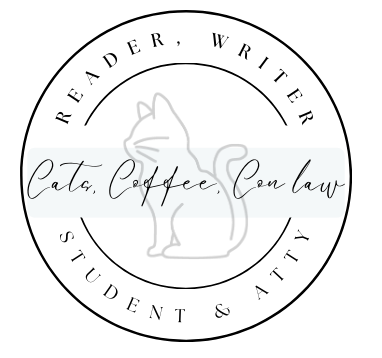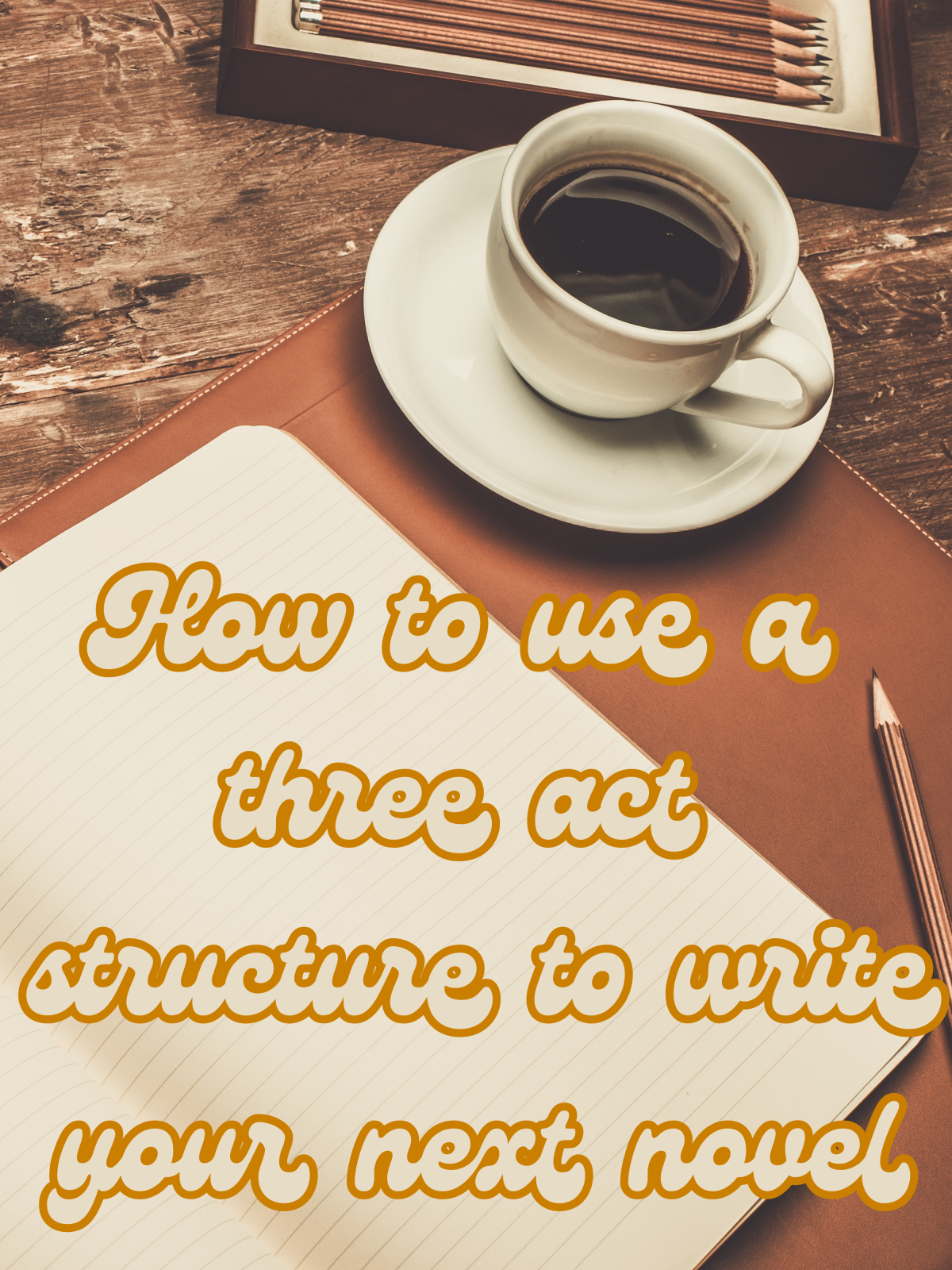There are as many ways to plot your upcoming novel as there is writers. One of the most common plotting devices is the three-act structure! This post describes what the three-act structure is, breaks down each act and offers you guidance as to what you should be asking yourself each step of the way!
What is a Three-Act Structure?
A three-act structure is a popular plotting device for many genres of fiction and helps take your protagonist/hero from a normal day in Springfield to living happily ever after (or just happy for now!). The three-act plot structure breaks your story into – you guessed it- three-acts!
Generally, your three act structure looks like this:

What are the Components of Each Act?
Now that you know, generally, what each act entails, let’s break it down even further!
Act One
– Background/Exposition: Introduce your protagonist (P), demonstrate what a normal day in P’s life looks like, and show readers what is important to P and the world P lives in.
– The Catalyst: This is where you introduce the conflict/incident that sets P off on their journey! Without a catalyst, your story won’t exist.
-Indecision/Denial: Your catalyst should push P our of their comfort zone. As a result, act one usually contains a scene where P tries to resist the call to action. However, this is not true for all stories. Perhaps, your protagonist is always willing to rise to the occasion and the resistance for P to embark on their journey is coming from some third-party (parent, sibling, partner, friend, etc.)
– Counseling: If your protagonist is unsure whether they want to embark on their journey, act one will contain a scene where something happens or P talks to someone that changes their mind and P decides to answer the call to action after all.
– Embarking on the Journey: Ultimately, P decides to embark on the journey and takes the first step on P’s new adventure! (This is usually where you will introduce your first main plot point, although sometimes this will happen at the same time as your catalyst).
Act Two (the longest act):
– Trials, Tribulations, and the People we Meet Along the Way: This is where your protagonist starts to encounter obstacles, meets new friends, and – maybe- even some enemies. This is where you will introduce readers to the “cast” and introduce the antagonist. P will change along the way as they overcome road-blocks and become shaped by events and people that occur/they meet.
– The Edge of a Cliff/Taking the Leap (AKA the “midpoint”): Your protagonist is making good progress and decides to undertake a big step (a second major conflict). This is where P is tried the most and is forced to reflect on all that has occurred thus far and what lies ahead. In this bit, P grows into a force-to-be-reckoned with. In other words, this is where P gets the confidence to carry on and does so.
Act Three:
– Getting to the Climax: P is on the cusp of confronting the antagonist/engaging in the “boss battle,” and the antagonist is really showing off here what they are truly capable of. You spent act two building up the reader’s desire to root for P. This is where you raise the stakes and make your reader’s question whether P will really come out on top.
– Climax: This is perhaps the most important moment in your story! The antagonist seems to have the upper-hand going into the climax. This is where P rises above and wins the battle! This will typically be a single scene.
– Settling the Dust & a Return to a New Normal: This is where your protagonist will find themselves on the other end of their battle – life after the climax. This is where you tie up loose ends, show P returning to a new normal and wrap up everything that needs resolving.
What to Ask Yourself While Plotting Your Own Story:
Questions to Ask Yourself in Act One: What is status quo in P’s world? What is P’s biggest fear? What are P’s strengths and flaws? What is important to P?
Questions to Ask Yourself in Act Two: Who does P like to surround themselves with? What would push P out of their comfort zone? What motivates P?
Questions to Ask Yourself in Act Three: What are your antagonist’s strengths and weaknesses? What/who does P turn to when all hope is lost? How has P changed?
Concluding Thoughts & Further Help:
I hope this little crash course on the three-act plot structure has helped!
If you would like further guidance, I am happy to announce we offer a Three-Act Plot Structure Guide/Workbook in our shop (downloadable as a PDF)!





